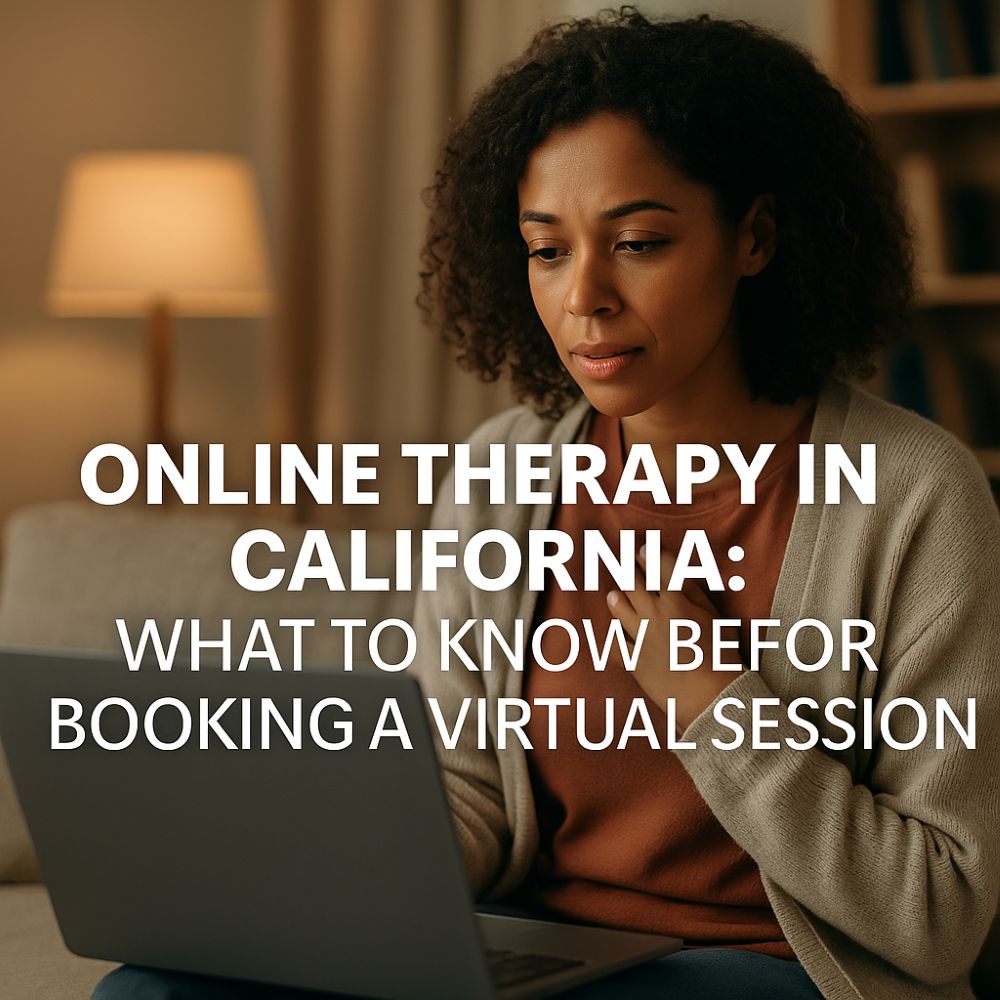Welcome back to Part 8 of our 9-part series.
I want to share another exciting update from my last session with David and Amber. We’ve been using Collaborative Problem Solving® to help 15-year-old Johnny, who struggles with ADHD and chronic challenging behavior.
I’m guiding this brave couple using a fantastic tool called the Collaborative Problem Solving® Assessment and Planning Tool (CPS-APT) to understand their son and simplify their parenting.
By completing that form, David and Amber better understood Why Johnny struggles (lagging skills), When he struggles (problems to be solved), and What follows (challenging behavior).
This form gives them a roadmap to building the skills Johnny needs to meet his demands at home and school—and do it with more confidence and less effort.
Today’s article is about planning specific interventions to support Johnny through his skill struggles.
Note: You can download a blank CPS-APT form at thinkkids.org to separate the problems to solve from the skill struggles and challenging behaviors.
Begin With The End In Mind
Although Johnny has ADHD and chronic challenging behavior, he’s able to meet most of the expectations he faces—at least most of the time. However, when Johnny’s problems to be solved arise—the situations where adult expectations are not being met—David and Amber need a clear game plan for building Johnny’s thinking skills.
However, before they develop that game plan, David and Amber need to reflect on the specific goals they want to achieve while collaborating with Johnny.
Here’s a summary of what we covered:
Why Goals Are Important
When we have healthy discipline goals, each provides Johnny with a structured framework for understanding acceptable behavior, fostering social skills, and promoting healthy relationships at home and school.
Your guidance, coupled with consistent expectations, helps Johnny develop into a responsible, empathetic, and well-adjusted young man.
On one side, if goals are clear and age-appropriate, they are not only in harmony with what Johnny can achieve based on his age and stage of development, but they also promote his self-confidence.
On the flip side, if discipline goals are too high or too low, Johnny will struggle to meet certain expectations at a given moment, and his self-confidence will also suffer—along with his learning relationships!
Decades of science suggest that healthy discipline strategies address five specific goals. Having clear goals will help you stay focused when things get heated. Otherwise, you’ll get dysregulated or upset with how conversations unfold.
As you read the list of goals below, please note that the top three goals represent short-term compliance goals.
As you will soon discover, the last two goals are what separates Collaborative Problem Solving® from all other approaches because these goals alter and shape a kiddo’s character and conduct—and it’s a game-changer!
5 Goals of Good Discipline

Goal 1: Pursue Your High Priority Expectations
It’s no secret that living by the golden rule is essential.
Nobody would disagree with expectations like following directions, respecting each other, saying please and thank you, and listening when others talk.
These goals are considered high priorities because every parent and teacher has these expectations.
Until now, David and Amber have used rewards and consequences to motivate Johnny to comply with these adult expectations. For instance, to motivate Johnny to read his homework instructions and complete them on time, they would offer him a snack he desires or extra screen time upon meeting those expectations.
Goal 2: Reduce Challenging Behaviors
Until now, when Johnny exhibited challenging behaviors, David and Amber would resort to punishments or consequences.
For example, when Johnny refused to clean his bedroom, they would impose a consequence or remove privileges like time on his iPad or driving the family car.
Goal 3: Solve Chronic Problems and Prevent Their Recurrence
In the past, David and Amber focused on solving specific problems in their home as they rose and tried to prevent them from happening again in the future.
For instance, like many teenagers his age, Johnny has difficulty waking up on time for school. As a result, they implemented incentive programs to motivate Johnny to be punctual, prompt, and on time—so others could “rely on him” at home or school.
Goal 4: Build the Skills Kids Need
This goal reflects David and Amber’s understanding that skill struggles cause challenging behaviors, not poor choices or a lack of willpower to comply.
For example, rather than relying on rewards and consequences to improve Johnny’s behavior, they focused on building the necessary skills he needs to meet expectations independently (More on this in my last article!).
On one side, building skills takes time, patience, and perseverance. On the flip side, building skills is a game-changer! (More on this in my last article!).
Goal 5: Build, Improve, or Maintain a Learning Relationship
This goal emphasizes nurturing a positive and supportive relationship with our kids. This type of relationship empowers kids.
As David and Amber focus on building a solid connection, it will help them better understand Johnny’s skill struggles and how best to work collaboratively with him to find solutions.
Even more, their new approach helps them shift their parenting style from using external pressure to motivate Johnny to conform (rewards and consequences) to internal motivation (solving problems independently) and becoming a productive member of society.
As David and Amber understand the importance of developing a relationship filled with empathy, understanding, and acceptance of Johnny’s skill struggles, it helps them find the key to unlocking Johnny’s fullest potential!
Collaborative Problem Solving® Paves The Way
Departing from conventional methods of discipline and using Collaborative Problem Solving® empowers David and Amber to meet these high-priority goals and aim for the last two goals.
By addressing the lagging skill struggles that get in the way of meeting expectations, they’re giving Johnny the tools he needs to succeed. Best of all, as Johnny develops these skills, he’ll gain confidence and a greater sense of competence, knowing he can tackle anything that comes his way!
Your Three Plans Solving Problems

When kids display challenging behavior, we only have three options:
- Make kiddos do what you want them to do
- Work it out together
- Decide to drop it (at least for now) and handle things as a kiddo wants.
Collaborative Problem-Solving® refers to these methods as your three plans.
The key with each plan is to decide (in advance) which plan serves your ultimate purpose: short-term compliance or lasting change.
Plan A: Imposing Your Will
In Plan A, only the adult’s concern is the main goal. Ironically, Plan A is the primary way most adults handle problems or unmet expectations, and it can be counterproductive in many ways.
For example, let’s say you have a pretty flexible kiddo who can tolerate frustration and has decent problem-solving skills. In this case, you can get away with plan A. However, Johnny has chronic behavioral challenges—and struggles with cognitive flexibility skills. As David and Amber have learned, using Plan A is like pouring gas on a smoldering fire!
Keep in mind that Plan A typically increases challenging behavior in challenging kiddos. In those moments, David and Amber recognized that the price of imposing their will was typically an explosive child who could not meet their expectations.
Even so, when upset, they resorted to warnings, lectures, reminders, and threatening phrases like, “Because I said so!” Ultimately, Plan A typically fractures the relationship, triggers meltdowns, and makes things worse.
Also, Plan A does not allow a child to have a say in their fate. So, I asked David and Amber,
“Why would we want to exclude Johnny from learning how to solve the problems that affect his life? Learning to solve problems through trial and error will be crucial for doing well in real life.”
Plan C: Dropping It—At Least for Now
In Plan C, only Johnny’s concern is taken into account. It’s letting go of a problem to be solved and not addressing it immediately. This might happen when the situation is not critical or can be dealt with later.
With Plan C, David and Amber make a thoughtful decision to drop an expectation, at least temporarily for now, or to solve the problem the way Johnny wants to solve it. Even so, Plan C is not giving in, it’s strategic. It involves deciding what you’re working on (in advance) and what you are not working on.
It’s prioritizing your problems to be solved before they arise. Think about it: with any behavioral intervention Plan—B.I.P.—planning and prioritizing are necessary. They are prerequisites and preconditions for causes.
Remember that using Plan C does not mean Johnny is in charge. Nothing of the sort. You’re in control because you decided (in advance) which expectations to drop for now and which to work on.
Special note: Don’t confuse Plan C with giving in or being permissive. When we demand kiddos eat something specific (Plan A), and in response, they explode, and we settle for what they want. That is giving in.
Plan C is not about giving in after a failed attempt at Plan A. Instead, Plan C is strategic… very strategic.
It’s deciding in advance that one thing is less of a priority than another. Not forever, but for now… because we have bigger priorities to work on.
Plan B: Solving the Problem Collaboratively
Plan B is the heart of Collaborative Problem Solving®.
In this plan, David and Amber create a partnership with Johnny. Both sets of concerns—Parent’s and Johnny’s—are considered during conversations.
It’s about working together to find solutions that address both sets of concerns and figure out mutually satisfying agreements.
Plan B has the greatest potential for durability in solving problems. It helps you engage Johnny in solving the problems that affect his life and simultaneously (but indirectly) teaches him—through trial and error—how to improve the skills he’s lagging.
How Each Plan Aligns With The Goals Of Healthy Discipline
In short, Plan A is more authoritarian, focusing on adult authority.
Plan C is more permissive, focusing on meeting Johnny’s immediate needs.
Plan B, on the other hand, is collaborative, with a focus on building a relationship and teaching problem-solving skills over time.
Keep in mind that each plan aligns with different goals of healthy discipline:
Plan A aims to pursue your expectations, especially when physical safety is a concern. It may reduce challenging behaviors through punishments or rewards, but it might not address chronic problems or build skills.
Plan C is about building and maintaining the learning relationship, as it acknowledges Johnny’s concerns. But it might not solve chronic problems or pursue your expectations.
Plan B covers all the goals! It addresses your concerns and reduces challenging behaviors by finding solutions collaboratively. Plan B solves chronic problems, builds skills, and strengthens the learning relationship simultaneously!
Now that David and Amber are using their assessment findings from the CPS-APT to plan their interventions, they’ll have an informed understanding of their best options when Johnny is not meeting certain expectations at home or school.
Conclusion
Stay tuned; in the next article, I’ll show you the incredible results David and Amber encountered after having a Plan B discussion with Johnny. Collaborative Problem Solving® is transforming their family dynamics, and it can do the same for you too! See you in the next article!
ADHD Counseling in Tustin, CA
If you can relate to David and Amber, you know that managing chronic, challenging behavior shouldn’t be so hard. Discover how to transform life in your living room (or classroom) with ADHD or ADD counseling in Tustin, Ca. I would love to be your guide!







